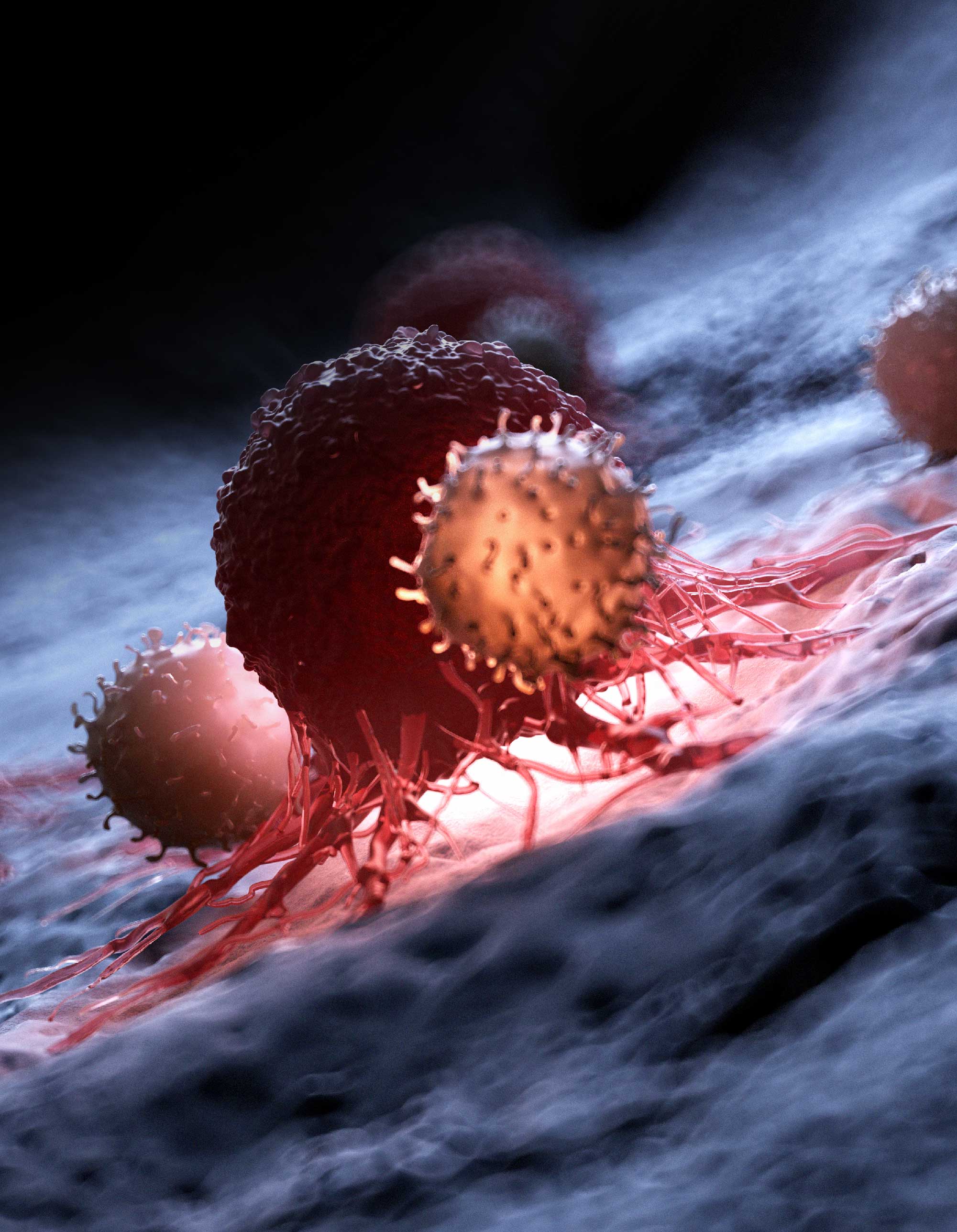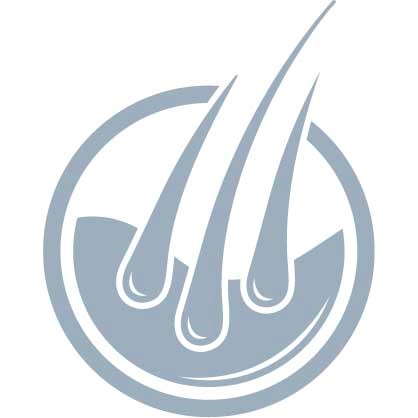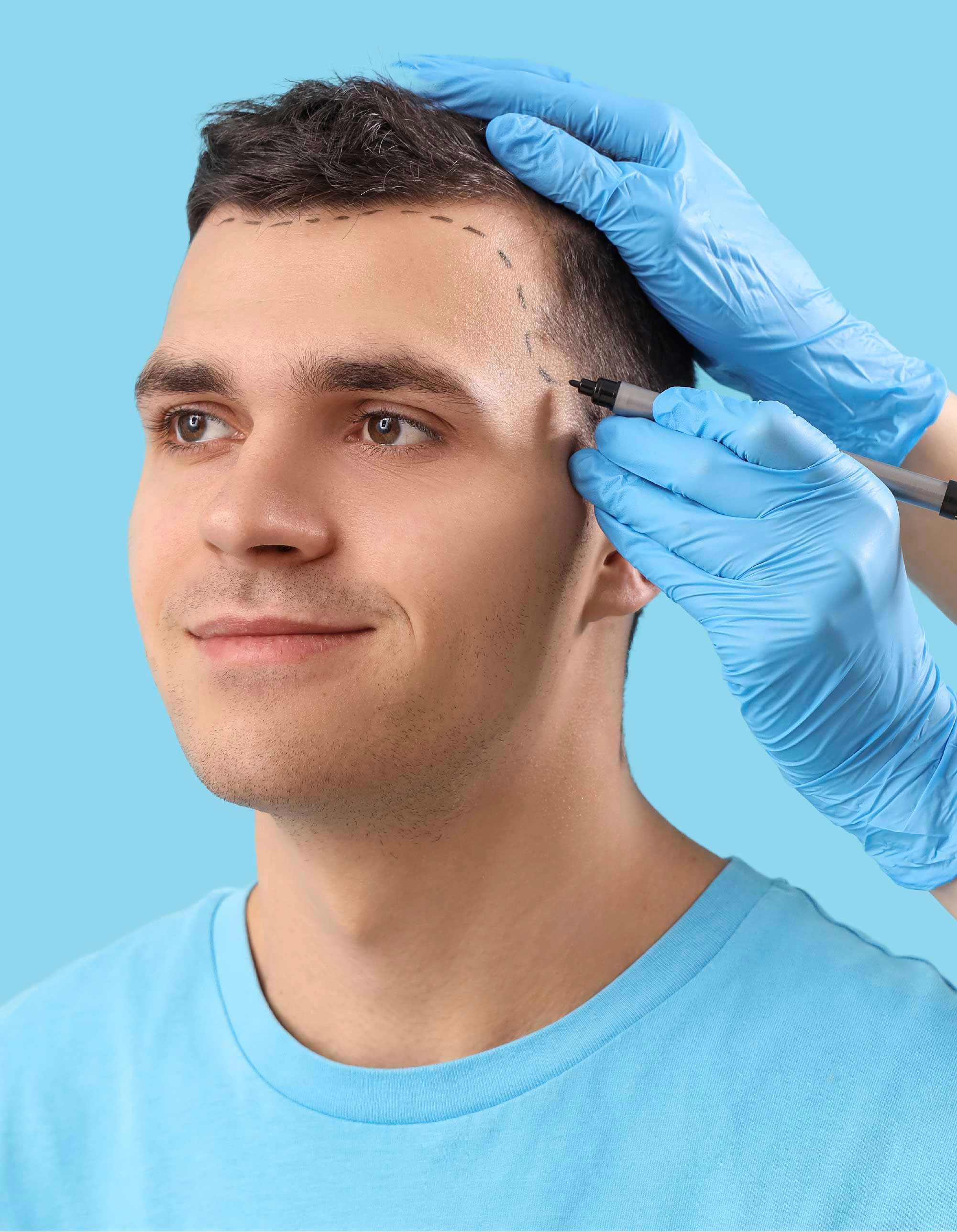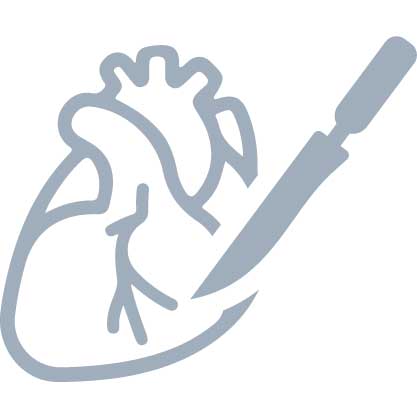
Neurosurgery
Neurosurgery
Surgical treatment for diseases of the nervous system and OF the structures that surround the nervous system is an extremely sensitive and important issue. Therefore, searching a well-equipped and experienced centre with a good team is often of vital importance.In the field of the brain, spine, spinal cord and nerve surgery that is highly complicated and within a broad range, ‘’Neurosurgery Department’’ in our hospital has carried out its procedures in collaboration with the physicians and surgeons who are experienced in the fields of Neurology, Neuroradiology, Neuroanesthesia – Intensive Care and Psychiatry. ‘’Neurosurgery Department’’ in our hospital has been designed to provide 24 hour-service with the latest technological opportunities in surgical treatments of the brain, spine, spinal cord and nerve diseases in newborns, children and adults.In the intensive care unit that is managed by the automation system, patients are followed up meticulously in the pre-operative and post-operative periods, and their treatments are regulated coordinately with other related branches. Thus, all necessary treatments can be provided even in the most problematic patients in our hospital without any need for another center. In addition, Angiography, Computed Tomography (CT) and Magnetic Resonance Imaging (MRI) procedures can be performed for 24 hours. Our operating rooms have the capacity to provide service in the following procedures at any time of the day with all kinds of neurosurgical devices (microsurgery, endoscopy, CUSA etc.), that are made possible by the latest technological developments, and technical equipment support.Angiography, Computed Tomography (CT) and Magnetic Resonance Imaging (MRI) procedures can be performed for 24 hours.
ENDOSCOPIC DISCECTOMY
Full Endoscopic Lumbar Discectomy as the New Golden StandardWhen surgery is needed for a herniated disc?Surgical treatment should be considered if the patient cannot benefit from the conservative treatment methods called physical treatment, medication therapy and similar treatments, or if there are progressive neurologic findings such as foot drop, urologic problems and insistent pain despite the treatment.
What are the current treatment methods for herniated disc?In our day, there are two surgical methods used in the treatment of herniated disc. These are the posterior open method and the percutaneous method made through the skin. Microscopic microsurgery has been regarded as the golden standard of this procedure until now. Open microdiscectomy has come into use at the beginning of the 20th century. The excitement experienced by endoscopy in our day was similarly experienced when microscopic discectomy has come into use with the development of the microscope towards the end of the 1970s. It was very important to perform this procedure without harming the stability of the mobility called the stabilization of the spine. Microscopic microsurgery system is now an invasive method when it is compared to the endoscopic method. It should be accepted that endoscopic discectomy is the new GOLDEN STANDARD.
What are the methods used in endoscopic discectomy procedure?
There are two methods used in endoscopic discectomy procedure. One of the methods is the interlaminar approach. There is a bone structure called lamina behind the spine, and a yellow ligament called ligamentum flavum is seen between the lamina and the spine. The yellow ligament is reached with a small incision (4 mm-5 mm) made through the skin, and the whole hernia can be discharged. The other method is the transforaminal approach.
Can this surgery be performed with local anesthesia?
Though it is said that this surgery can be performed with local anesthesia, it is necessary to provide patient comfort without pain because this procedure is performed to relieve the patient’s pain. Naturally, this surgery should not be performed while the patient is awake.The patient needs to stay in hospital overnight. If the surgery is performed in the morning, it is possible to discharge the patient from the hospital in the afternoon or in the evening. Depending on her/his general condition and age, the patient can begin to walk after half an hour or two hours following the procedure. However, we keep the patient wait for a while in order that s/he can regain her/his consciousness after anesthesia and feel more comfortable. Moreover, this procedure can be performed more easily because the size of the inner tear is not increased. The procedure also reduces the risk of recurrence of the disc.
EPILEPSY SURGERY
Microsurgical resection in lesion-related epilepsies, and placement of vagus nerve stimulator (VNS) in resistant and non-lesional epilepsies.
PERIPHERAL NERVE SURGERY
Peripheral nerve anastomosis and nerve repair with microsurgical technique after trauma, and surgery for entrapment syndromes (carpal tunnel syndrome or ulnar tunnel syndrome etc.)
TREATMENT FOR INTRACEREBRAL CYSTS
Fenestration of arachnoid cysts (Endoscopic technique and microsurgical technique)
FUNCTIONAL NEUROSURGERY
Stereotactic biopsy, deep brain stimulation (DBS), implantation of a neurostimulator also known as brain pacemaker in patients with movement disorders and Parkinson’s disease, tremor rehabilitation, hemifacial spasm and trigeminal neuralgia rehabilitation (balloon compression, radiofrequency and microvascular decompression)
SURGICAL TREATMENT FOR CONGENITAL ABNORMALITIES OF THE SKULL
All craniosynostosis (a condition in which the sutures between the skull bones close too early) and craniofacial (deformities of the head and facial bones) surgery interventions that require an advanced experience, cranioplasty surgeries, and surgical interventions for the skull lesions (skull tumours, cysts etc.)
NEUROENDOSCOPY AND HYDROCEPHALIA TREATMENT
Endoscopic third ventriculostomy (ETV), ventriculoperitoneal, ventriculoatrial and lumboperitoneal shunt surgeries
VASCULAR SURGERY DISEASES OF THE BRAIN AND SPINAL CORD
Surgical interventions depending on vascular diseases of the central nervous system such as intracerebral hematoma, aneurysm, anteriovenous malformation (AVM), cavernoma and cavernous angioma
NEURO-ONCOLOGY
Surgical treatment of all kinds of brain and spinal cord tumours, glial tumours, meningiomas, pituitary tumours (including minimally invasive endoscopic endonasal interventions), cerebellopontine angle tumours, posterior fossa tumours, brain stem, pineal region, skull base, extramedullary and intramedullary spinal tumours.
SPINE AND SPINAL CORD SURGERIES
Cervical, lumbar and thoracic discectomies, vertebroplasty, kyphoplasty, spinal stenosis, stabilization (instrumentation) surgeries, spinal trauma (spine-spinal cord injuries), spine and spinal cord tumours, all kinds of congenital abnormalities of the spine and spinal cord, meningocele, meningomyelocele, tethered spinal cord syndrome, spinal cord cysts, scoliosis etc.
TRAUMA
Injuries of the skull, brain, spine, spinal cord and nerves, epidural and subdural hematomas, compression fractures.
Doctors

Assoc. Prof.
Murat Hamit AYTAR
M.D.
























